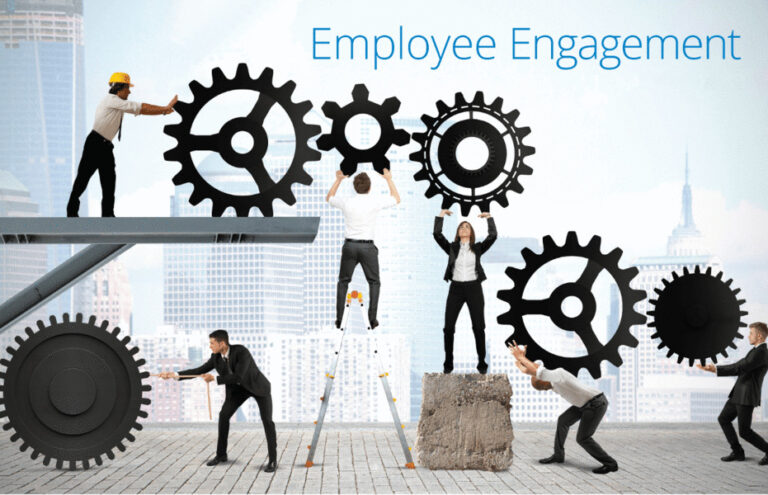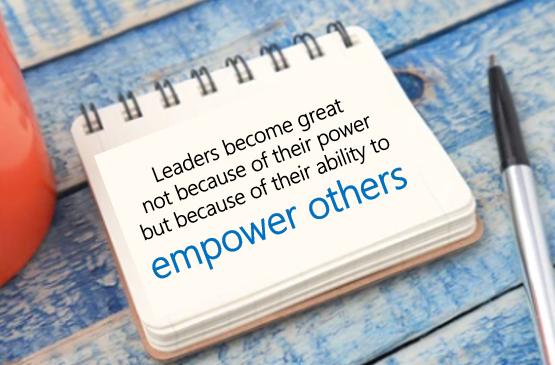Winning Hearts and Minds Getting Buy-In for Organizational Change
Implementing change within an organization is a complex and challenging process. One of the most critical factors for successful change is obtaining buy-in from employees at all levels. Without their support and commitment, even the most well-intentioned initiatives can face resistance and falter.
Let’s look at strategies for gaining buy-in and creating a culture that embraces change, ensuring smooth and successful transitions.
- Communicate the “Why”:
To get buy-in for change, it is essential to clearly communicate the purpose and rationale behind the proposed changes. Explain the vision, objectives, and expected benefits of the change. Help employees understand how the change aligns with the organization’s goals and values. When employees comprehend the “why” behind the change, they are more likely to embrace it and actively support its implementation.
- Involve Employees from the Start:
Involving employees in the change process from the beginning fosters ownership and engagement. Seek their input, ideas, and feedback. Encourage open dialogue and create opportunities for collaborative decision-making. By involving employees, you demonstrate that their perspectives are valued and that their contributions are essential to the success of the change initiative. This involvement builds trust and buy-in.
- Address Concerns and Provide Support:
Change can evoke fears and concerns among employees. Acknowledge these concerns and provide a safe space for employees to express their anxieties. Listen actively, empathize, and address their questions and apprehensions. Provide the necessary support, resources, and training to equip employees with the skills and knowledge needed to navigate the change successfully. By addressing concerns and providing support, you alleviate resistance and build confidence in the change process.
- Lead by Example:
Leadership plays a pivotal role in gaining buy-in for change. Leaders must embody the change they seek to implement. Act as role models by embracing and showcasing the behaviours and attitudes that align with the change. Consistently demonstrate your commitment to the change initiative through your actions, decisions, and communication. When employees see leaders actively embracing and living the change, they are more likely to follow suit.
- Create a Sense of Urgency:
Building a sense of urgency is crucial to garnering buy-in for change. Clearly articulate the reasons why the change needs to happen now, emphasizing the potential risks of maintaining the status quo. Paint a compelling picture of the benefits and opportunities that await the organization and its employees once the change is implemented. When employees understand the urgency and recognize the positive outcomes, they are more motivated to support the change.
- Celebrate Early Wins:
Recognize and celebrate early wins to generate momentum and reinforce the positive impact of the change. Highlight success stories and showcase the progress made as a result of the change. Celebrating milestones creates a sense of achievement and motivates employees to continue their efforts. This positive reinforcement encourages buy-in by demonstrating the tangible benefits of the change and boosting morale.
- Foster a Culture of Continuous Learning:
To gain buy-in for change, foster a culture of continuous learning and improvement. Encourage experimentation, innovation, and learning from failures. Create opportunities for employees to develop new skills, adapt to change, and embrace growth. By promoting a culture that values learning and embraces change as a constant, you create an environment where employees are more receptive to change initiatives.
Gaining buy-in for organizational change is a critical aspect of successful change management. By effectively communicating the purpose, involving employees from the start, addressing concerns, leading by example, creating a sense of urgency, celebrating early wins, and fostering a culture of continuous learning, organizations can build support and commitment for change. Remember, change is not just a process, it is a journey that requires the collective efforts and engagement of all employees to achieve sustainable success.







